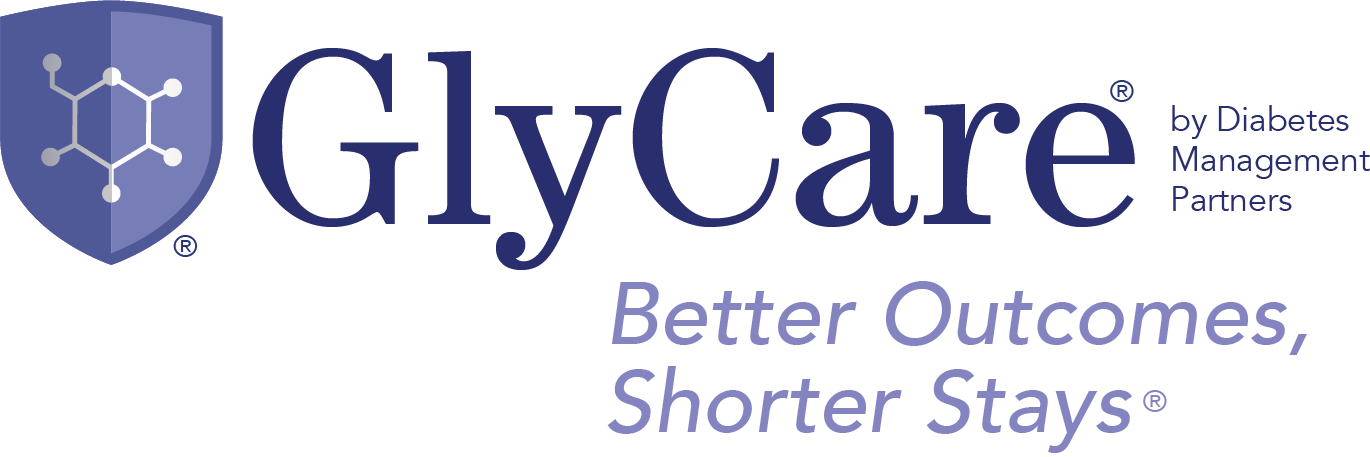340 Organizations Send Letter to Congress Urging Action on Telehealth
Congress Must Act to Ensure Patients and Providers Don’t Fall Off the “Telehealth Cliff” When Public Health Emergency Ends
On June 29, 2020, 340 organizations signed a letter urging Congressional leaders to make telehealth flexibilities created during the COVID-19 pandemic permanent. Those signing this multi-stakeholder letter include national and regional organizations representing a full range of health care stakeholders and all 50 states, the District of Columbia, and Puerto Rico.
Congress quickly waived statutory barriers to allow for expanded access to telehealth at the beginning of the COVID-19 pandemic, providing federal agencies with the flexibility to allow healthcare providers to deliver care virtually. If Congress does not act before the COVID-19 public health emergency expires, current flexibilities will immediately disappear.
Therefore, 340 stakeholders have sent a powerful message to Congress outlining the immediate actions necessary to ensure CMS has the authority to continue to make telehealth services available once the national health emergency is rescinded:
Remove obsolete restrictions on the location of the patient to ensure that all patients can access care at home, and other appropriate locations
Maintain and enhance HHS authority to determine appropriate providers and services for telehealth
Ensure Federally Qualified Health Centers and Rural Health Clinics can furnish telehealth services after the public health emergency
Make permanent Health and Human Services (HHS) temporary waiver authority for future emergencies.
While federal agencies can address some of these policies going forward, the Centers for Medicare and Medicaid (CMS) does not have the authority to make changes to Medicare reimbursement policy for telehealth under the outdated Section 1834(m) of the Social Security Act. Following these priorities will allow CMS to build on the experience gained during the pandemic and expand access to telehealth in a thoughtful, data-driven way.
Read the letter to Congress, including the list of 340 stakeholders, here.
The following quotes are from the organizations co-leading this effort:
Scott Whitaker, President and CEO, AdvaMed: “Too many patients are still going without care that is absolutely vital to their health and putting essential medical procedures on hold due to the pandemic or lack of access to care. Making recently expanded telehealth access permanent will improve patients’ ability to get care outside of doctors’ offices and other traditional health care settings and save and improve countless lives.”
Krista Drobac, Executive Director, Alliance for Connected Care: “The pandemic has given many seniors their first real experience with telehealth, as clinicians leveraged connected care tools to meet access challenges. It’s time for Congress to eliminate outdated statutory barriers to telehealth and give HHS the ability to expand telehealth while remaining a good steward of American tax dollars.”
Ann Mond Johnson, CEO, the American Telemedicine Association (ATA): “As we all work to understand the impact of the waivers put in place in response to the pandemic and assess what should be made permanent, we encourage Congressional leaders to focus on existing statutory barriers that must be immediately addressed to ensure the administration can appropriately transition and modernize telehealth under Medicare and importantly, keep us all from falling off the ‘telehealth cliff.’”
Jennifer Covich Bordenick, CEO, eHealth Initiative: “The pandemic provided us with an opportunity to see the benefits of broad telehealth adoption. Virtual care doesn’t just support COVID-19 care, it increases access to communities and consumers for whom traditional office visits don’t always work. Hundreds of organizations want Congress to make these changes permanent because they make sense clinically and financially for both providers and patients.”
Joel White, Executive Director, Health Innovation Alliance: “During the current crisis, telehealth met the challenge to fill a vital gap in services for patients. It should not require another pandemic for patients to gain broad access to state of the art treatment telehealth delivers.”
Rob Havasy, Managing Director, Personal Connected Health Alliance: “HIMSS and PCHAlliance call upon Congress to take swift action and make permanent the flexibilities that have supported the use of evidence-based connected care technologies to improve healthcare quality, access, and value for all Americans during the COVID-19 pandemic.”
Learn more about partnering with GlyCare for a turn-key diabetes management service. For more information on how to incorporate either in-person or virtual diabetes management, contact us today.

